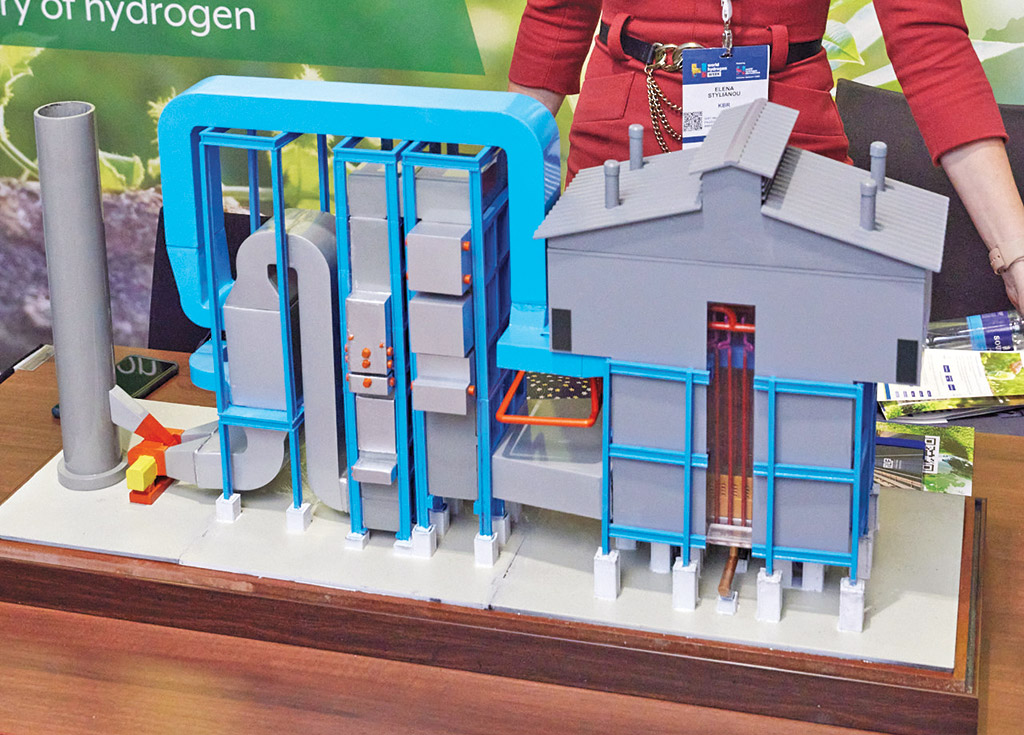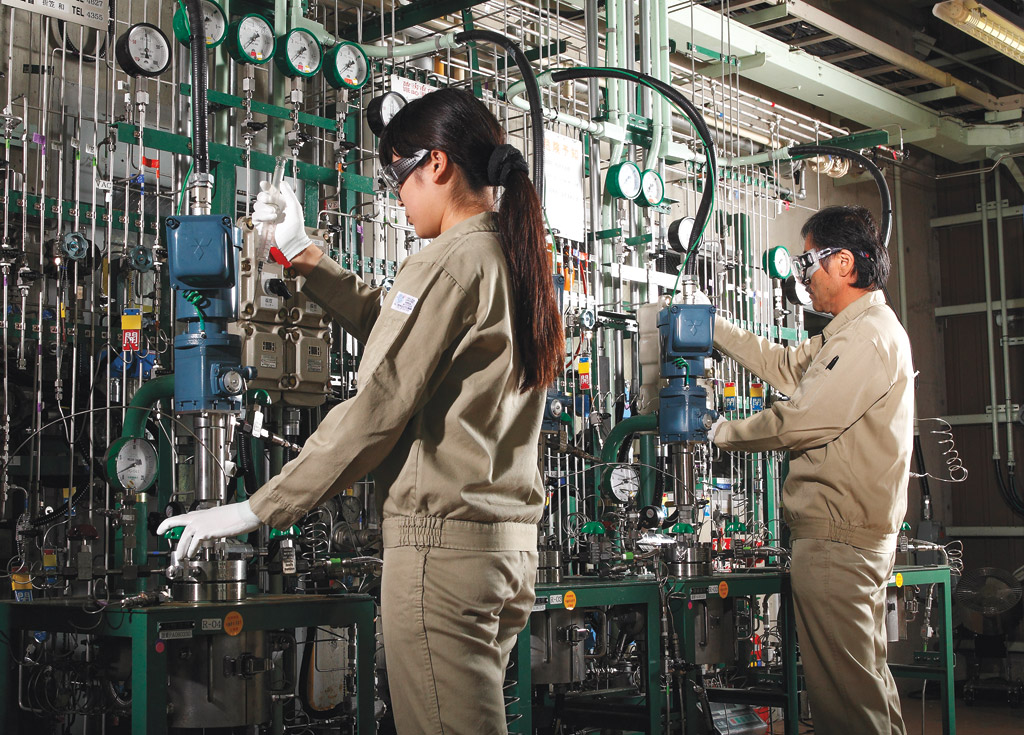New technology can take a long time to develop. Sometimes fine-tuning a process requires years more than researchers expect. Other times the commercialization moment just isn’t right.
Advertisement
Grab your lab coat. Let's get started
Welcome!
Welcome!
Create an account below to get 6 C&EN articles per month, receive newsletters and more - all free.
It seems this is your first time logging in online. Please enter the following information to continue.
As an ACS member you automatically get access to this site. All we need is few more details to create your reading experience.
Not you? Sign in with a different account.
Not you? Sign in with a different account.
ERROR 1
ERROR 1
ERROR 2
ERROR 2
ERROR 2
ERROR 2
ERROR 2
Password and Confirm password must match.
If you have an ACS member number, please enter it here so we can link this account to your membership. (optional)
ERROR 2
ACS values your privacy. By submitting your information, you are gaining access to C&EN and subscribing to our weekly newsletter. We use the information you provide to make your reading experience better, and we will never sell your data to third party members.
Business
4 new chemical technologies that are making an impact
C&EN takes a look at innovation emerging from the chemical industry’s big players
February 16, 2024
| A version of this story appeared in
Volume 102, Issue 5

Start-up companies are a critical part of the chemistry world and the source of much new technology. But as organizations that live on borrowed money, they don’t have a lot of time on their hands. They certainly don’t have the time to let technology simmer.
Big companies are different. They can often afford to tinker with a new technology until it is just right—or wait until the time is right for it. They can also finance the commercialization of new technology without loans or additional investors.
In the stories that follow, several big companies bided their time until the right moment. KBR let its ammonia-cracking technology sit on the shelf for several years until the market was ready. Huntsman waited more than 5 years after acquiring a nanotube technology to deploy it in a multi–metric-ton plant. Sumitomo Chemical paused for a full decade until the time was right to advance its ethanol-to-propylene technology. And BASF is patiently waiting for customers to roll out products with its new topical probiotic.
Not every big company is willing to wait a decade to get to market. And waiting doesn’t guarantee success. But the fact that some firms can take their time is a reminder that companies of all sizes are necessary for innovation in the chemical industry.






Join the conversation
Contact the reporter
Submit a Letter to the Editor for publication
Engage with us on Twitter